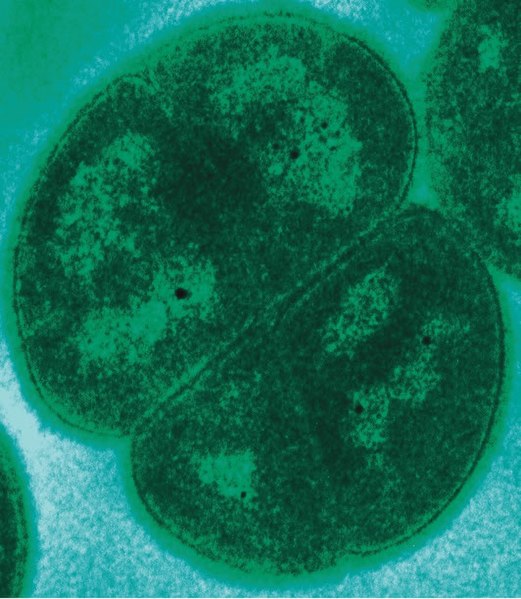
Microbes: Life In Extremes
One of nature’s most radiation-resistant microorganisms, Deinococcus radiodurans (pictured), can survive 5,000 times the amount of radiation that would kill a normal person. Methanogens, on the other hand, can survive entirely without oxygen. They are both known as extremophiles, mainly microbes, which thrive in the most unexpected and extreme environments, offering insights into the origins of life in conditions dominated by such hostile surroundings. Scientists study the remarkable mechanisms of these microbes with the aim of developing innovative technologies and materials.
What Are Extremophiles?
Extremophiles have developed specialised adaptations that enable them to survive in conditions typically considered inhospitable to life. Microaerophiles can survive with little to no oxygen, while halophiles can survive in high saline environments such as salt flats. Researchers have also found microbes from the Firmicutes phylum at least 13 feet below the Atacama desert that are able to survive in such conditions and could lead the way in the search for life on Mars.
Thermophiles can survive in hot environments exceeding 100C while psychrophiles prefer sub-zero temperatures. Thermus aquaticus, a bacterium that thrives in water above 70C was discovered at Yellowstone national park. Its enzymes were found to remain functional at extreme temperatures, a discovery that ultimately paved the way for the development of PCR-based COVID-19 tests nearly 50 years after they were first detected.
Mechanisms Of Survival
The remarkable adaptability of extremophiles begins at the cellular level, often driven by biochemical and structural adaptations. Some microbes can produce specialised enzymes and proteins while modifying their membrane composition to become more rigid or flexible, allowing them to survive extreme temperature fluctuations. Tightly folded protein structures, for example, are able to withstand high temperatures without denaturing while lipids and fatty acids can help make cell membranes rigid and heat resistant.
Enhanced DNA repair systems can help microorganisms withstand high radiation environments. Some extremophiles safeguard their DNA by utilising histone-like proteins to enhance its stability and employing highly efficient repair mechanisms to fix any damage.
Applications In Science And Industry
The unique abilities of extremophiles have made them invaluable in fields like medicine, biotechnology, industry, agriculture and space exploration. As we saw above, the enzyme Taq polymerase, derived from Thermus aquaticus, is used to amplify DNA in the Polymerase Chain Reaction (PCR) included in COVID-19 testing. Extremophiles are also crucial in bioremediation, where their ability to degrade toxic substances can aid in the cleaning up oil spills or soil contamination. Furthermore, studying how certain extremophiles endure high radiation and extreme vacuum conditions can aid in the development of technologies for long-term space exploration.